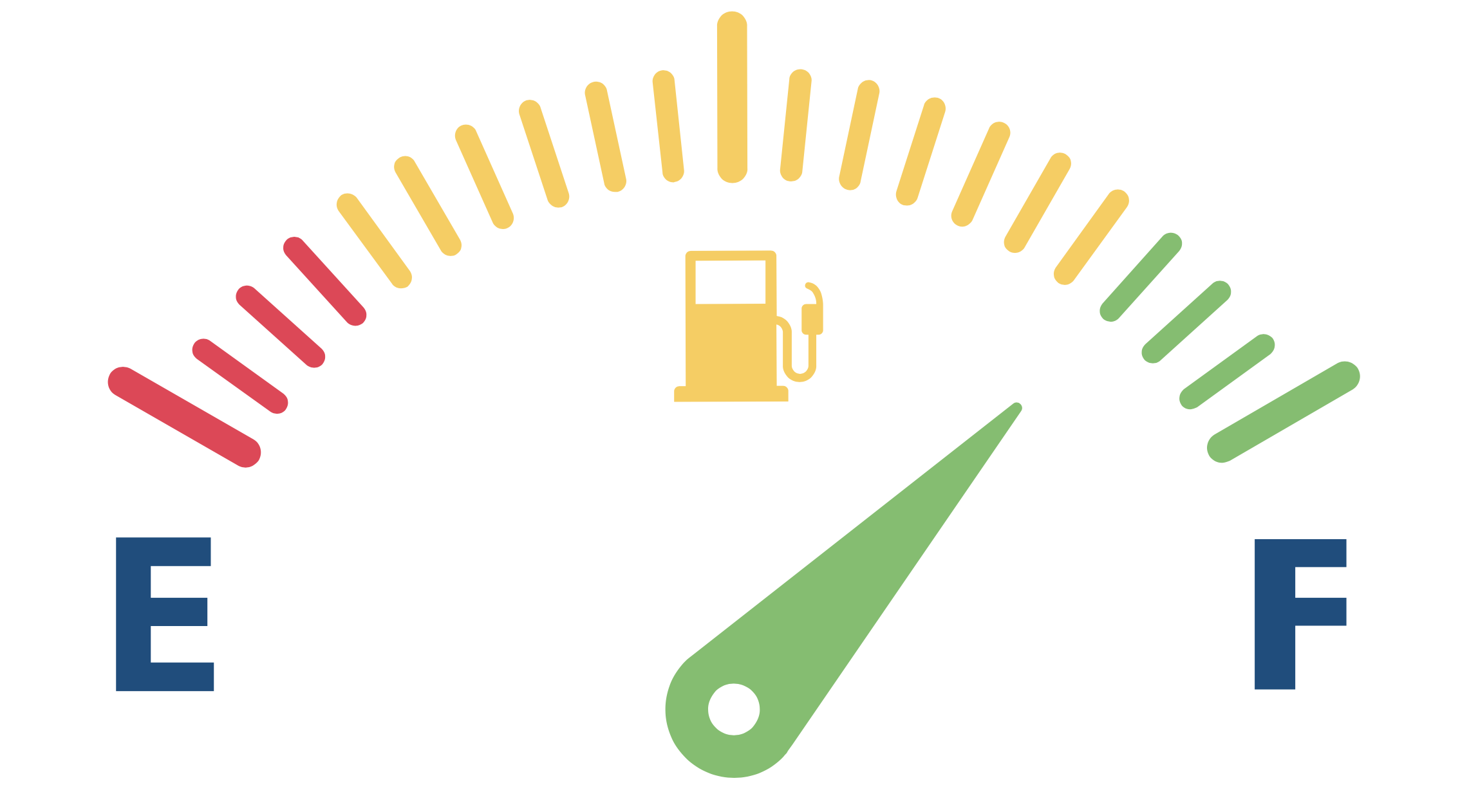The automotive market discusses the decarbonization of world mobility.
To the president of the Brazilian Association of Automotive Engineering (AEA), Besaliel Botelho, the country leads in reducing fossil fuels and leaves developed nations behind.
“We have the flex-fuel vehicles, the ethanol, we have biodiesel, etc. We have several alternatives. The AEA is showing today which routes Brazil has. The theme is not electrification; it is decarbonization.”
“I would say that Brazil is first in the decarbonization world because we have a clean energy matrix.”

“Europe, China, and the United States are the third world in decarbonization because they will have to invest a lot to seek a route, which would be electrification because they have no alternative,” said Botelho.
The AEA has launched a study on the regional technological evolution of energy matrixes available in the country. Emissions, energy security, connectivity, and vehicle safety.
The director of technological trends of the entity, Everton Lopes, puts the goals for reducing pollutants and more economical engines in Brazil.
“We have a new phase, which is the Rota Phase 1, around 11%. This brings a significant reduction in the vehicle’s CO2 emissions. Associated with this, there is the issue of biofuels, which is an indication of growth in the matrix.”
“Of course, we need incentives and tools that support the consumer to choose the renewable source. With this, later on, we will have a CO2 reduction and a contribution in the greenhouse gases in general”, said Lopes.
Hybrid or 100% electric vehicles are already circulating with greater visibility on the streets of Brazil.
The hybrids alternate between electric and combustion engines.
On the other hand, the fully electric ones depend on recharging in specific places and generally have low autonomy.
Both guarantee significant savings when driving, but their sale prices are very expensive, far from most of the Brazilian population.

